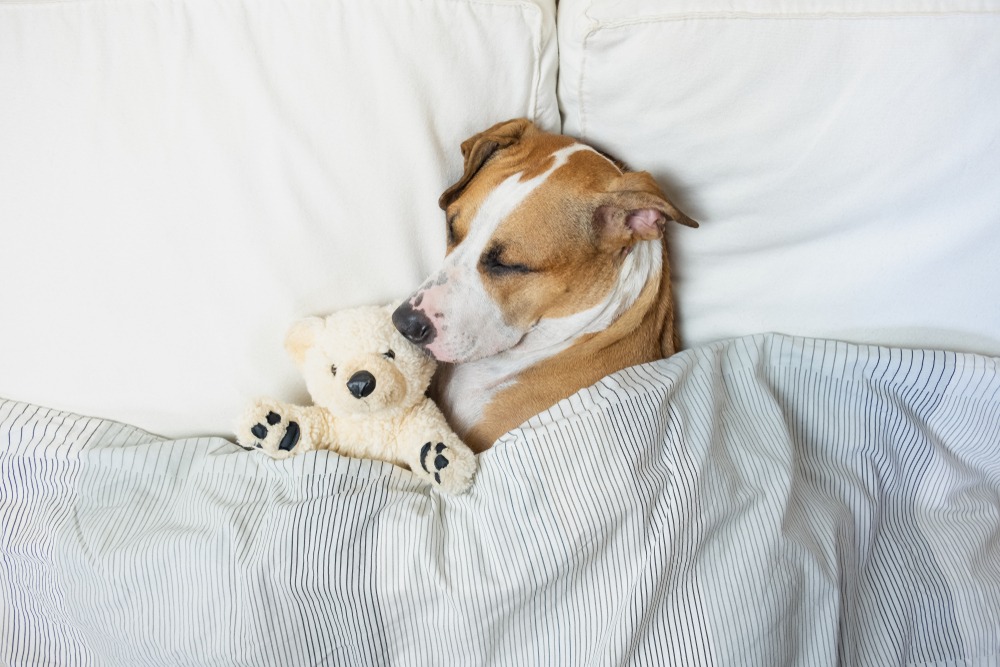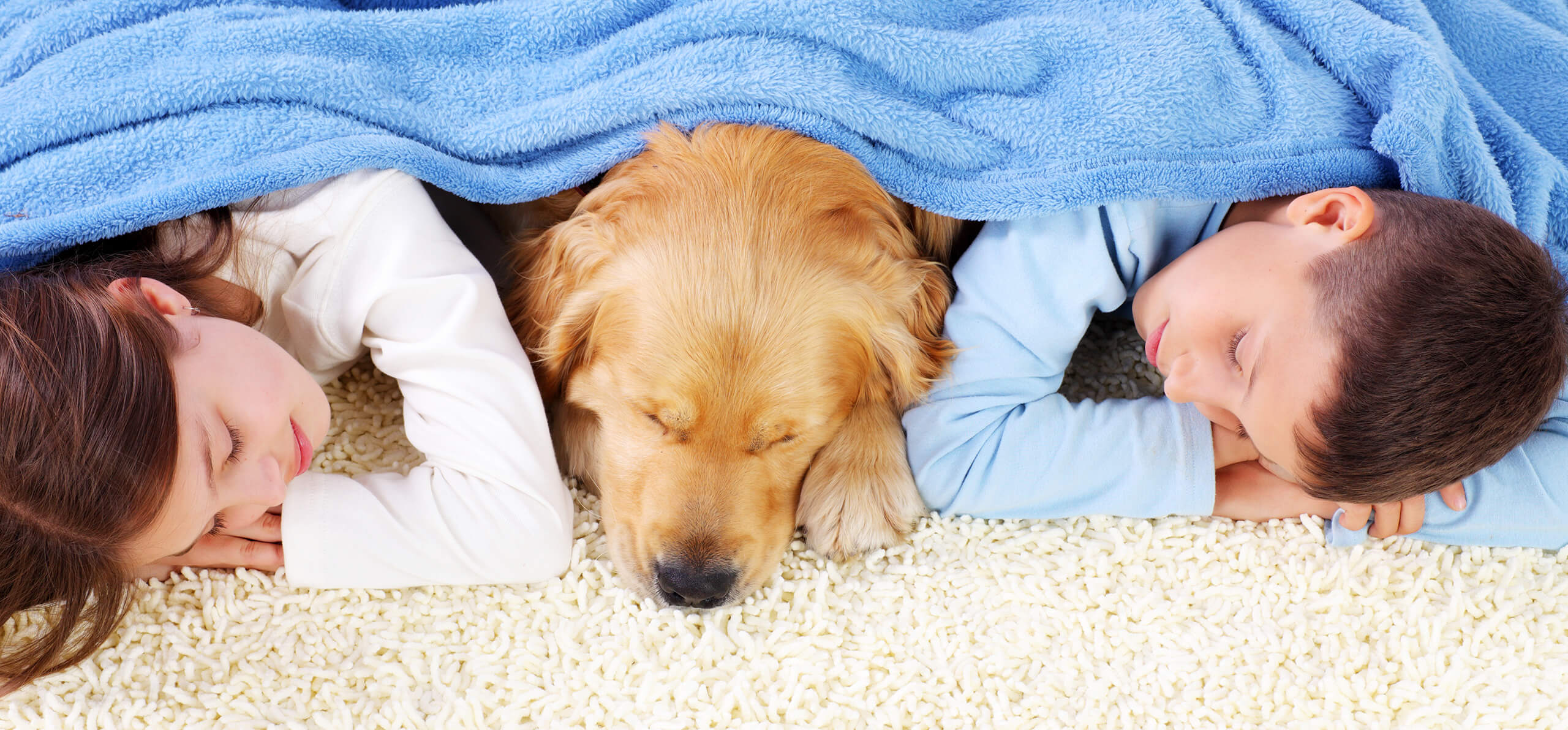Doggy Dreams Revealed: What Their Sleep Says About Them

The Sleeping Habits of Dogs
Understanding the sleep patterns of dogs
Dogs are fascinating creatures when it comes to their sleeping habits. As a dog owner, you must have observed how your beloved pet curls up in their bed or finds a cosy spot to rest. Depending on age, breed, and overall health, dogs typically sleep for about 12-14 hours a day. Understanding their need for quality sleep is essential to ensure they stay healthy and happy.
When it comes to understanding your dog's sleep patterns, you might notice that they take several short naps throughout the day and longer periods of nighttime sleep. This is completely normal for dogs and helps them recharge their energy levels. You might find your furry friend dozing off in various positions, from curled up in a ball to sprawled out on their back, showing just how comfortable and at ease they feel in their environment.
Common factors affecting a dog’s sleep
Just like humans, dogs can be affected by various factors that impact their sleep patterns. Changes in their routine, environment, or health conditions can lead to disruptions in their sleep. As a responsible pet owner, it’s important to create a comfortable and safe space for your dog to rest. Providing them with a cosy bed, a calming environment, and regular exercise can help promote better sleep quality for your furry companion.
Remember, a well-rested dog is a happy dog. By paying attention to their sleep patterns and addressing any issues that may arise, you can ensure that your pet is getting the rest they need to thrive. So, cherish the moments when you see your dog peacefully snoozing away, knowing that they are rejuvenating their body and mind for more adventures to come.
:max_bytes(150000):strip_icc()/GettyImage-995691042-2000-f80f1d4efe764b66b1ee6a5409e9d9fa.jpg)
Dreams vs. Reality: Do Dogs Dream?
Exploring the concept of dogs dreaming
As a dog owner, you must have often wondered if your furry companion experiences dreams while they sleep. The idea of dogs dreaming is fascinating and raises questions about what goes on in their minds during those peaceful slumbers.
Like humans, dogs go through different sleep cycles, including the rapid eye movement (REM) stage associated with dreaming. During this phase, dogs may twitch, move their paws, or make muffled sounds, suggesting that they are indeed dreaming about something.
Signs that indicate a dog is dreaming
When you observe your dog sleeping, you may notice subtle signs that indicate they are in the midst of a dream. Their breathing may become irregular, and they might exhibit twitching movements or soft barks while asleep. These actions are typical indicators that your dog is immersed in a dream world, possibly chasing imaginary squirrels or playing with their favourite toy in their slumber.
Sensitive Sleepers: Dogs with Anxiety
How anxiety affects your dog’s sleep
As a dog owner, understanding how anxiety impacts your furry friend's sleep is crucial for their well-being. Dogs experiencing anxiety may struggle to relax and enter a deep sleep. They might show signs of restlessness, pacing, or whining during the night, disrupting their sleep patterns. This can lead to a vicious cycle of poor sleep quality, affecting their overall health and behaviour.
Tips for helping your anxious dog sleep better
When addressing your dog's anxiety-related sleep issues, it's essential to create a calm and secure sleeping environment. Implement a consistent bedtime routine to help them feel more at ease before sleep.
Additionally, providing comfort items such as a cosy bed or their favourite toy can offer reassurance and promote relaxation. Engaging in calming activities like gentle grooming or a relaxing massage can also help soothe your anxious dog before bedtime, promoting a sense of comfort and security.

Active Dreamers: Dogs in REM Sleep
The significance of REM sleep for dogs
Understanding the importance of Rapid Eye Movement (REM) sleep for your dog's overall well-being is crucial. During this stage of sleep, dogs experience intense brain activity, which is essential for memory consolidation and learning. REM sleep is vital for your furry friend's cognitive function and emotional health, ensuring they wake up refreshed and alert.
Behaviors exhibited by dogs in REM sleep
Observing your dog during REM sleep can be a fascinating experience. You may notice twitching, whimpering, or even running movements as they act out their dreams. These behaviours are a natural part of the REM sleep cycle and indicate that your dog is engaged in deep and restorative sleep. It's essential to allow your dog to complete their REM sleep cycles uninterrupted to support their overall sleep quality.

Nightmares and Night Terrors in Dogs
Distinguishing between nightmares and night terrors in dogs
Recognizing the difference between nightmares and night terrors in your four-legged companion can help you provide the appropriate support. Nightmares in dogs are often characterized by visible signs of distress during sleep, such as whimpering, shaking, or sudden movements.
On the other hand, night terrors may involve more intense reactions like thrashing or sudden aggression, often with no recollection of waking. Understanding these distinctions can help you respond effectively to your dog's needs.
Supporting a dog experiencing a nightmare
If you observe your dog experiencing a nightmare, approach them calmly and gently wake them up by calling their name or softly petting them. Offering reassurance and comfort can help alleviate their distress and reassure them that they are safe. Creating a calming bedtime routine and ensuring a comfortable sleeping environment can also reduce the likelihood of nightmares.
By providing a safe and secure space for your canine companion, you can help them overcome nighttime disturbances and promote a peaceful night's sleep.

Sleeping Positions: What They Reveal
Interpreting different sleeping positions of dogs
When observing, your furry friend’s various sleeping positions can provide insights into their overall well-being and comfort levels. Whether curled up in a ball, stretched out on their side, or sprawled on their back, each position can offer clues about their physical and emotional state during rest.
By paying attention to these subtle cues, you can better understand your dog’s needs and preferences when it comes to sleep.
Understanding the meaning behind specific sleeping postures
Each sleeping posture adopted by your canine companion may convey different messages about their mood and sense of security. For instance, a dog sleeping on their back with an exposed belly indicates trust and relaxation, while a curled-up position suggests a desire for warmth and protection.
By recognizing these signals, you can tailor their sleeping environment to ensure maximum comfort and contentment, promoting a sense of safety and peace during rest.

Napping Patterns: Short vs. Extended Naps
Factors influencing a dog's napping habits
When observing your furry companion's napping patterns, it is essential to consider various factors that influence their sleep needs. Just like humans, dogs require adequate rest to recharge and maintain optimal health. The size, breed, age, and activity levels of your dog can all play a role in determining their napping habits.
Larger breeds or puppies may need more frequent naps to support their growth and energy levels, while smaller breeds or senior dogs may prefer shorter, more frequent naps throughout the day. By understanding these factors, you can create a comfortable and nurturing napping environment that aligns with your dog's individual requirements.
Determining an appropriate napping schedule for your dog
Tailoring a suitable napping schedule for your dog involves observing their energy levels, behaviour, and overall well-being. Dogs may nap for different durations based on their comfort and environmental stimuli. While some dogs may enjoy extended naps to replenish their energy reserves, others may prefer short, quick naps to stay alert and responsive.
By monitoring your dog's napping habits and responding to their cues, you can establish a routine that promotes restful sleep and supports their physical and emotional health. Providing a cosy bed, quiet space, and a consistent schedule can help your dog feel safe and secure during their napping sessions, enhancing their overall quality of life.

